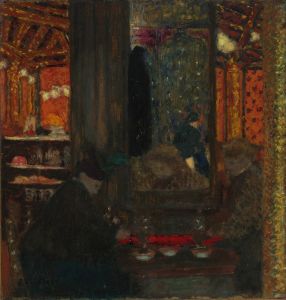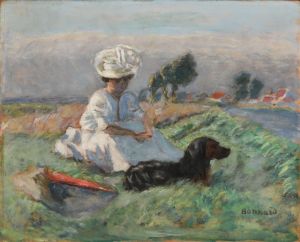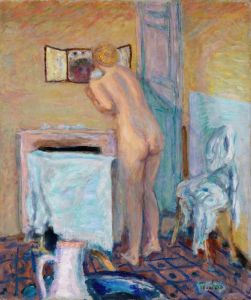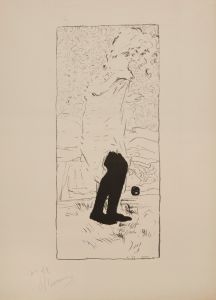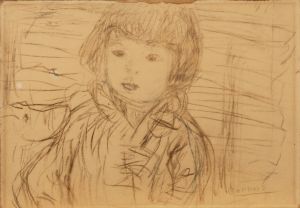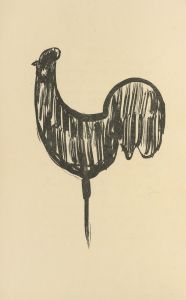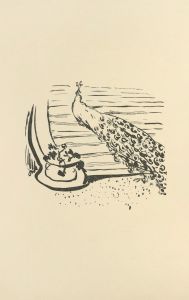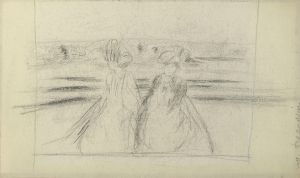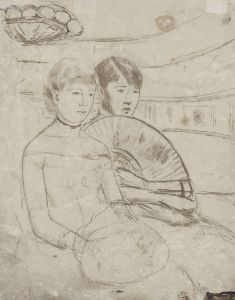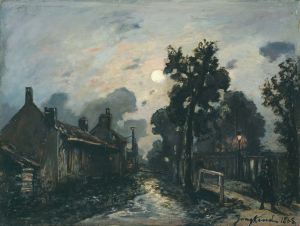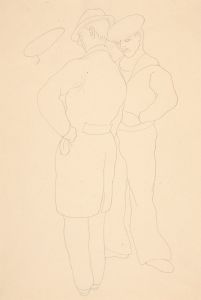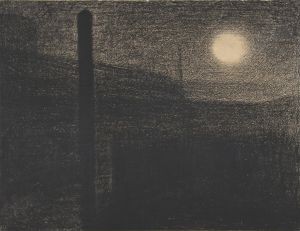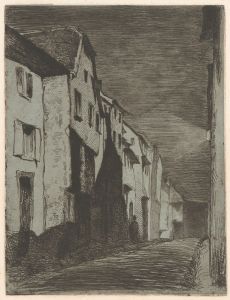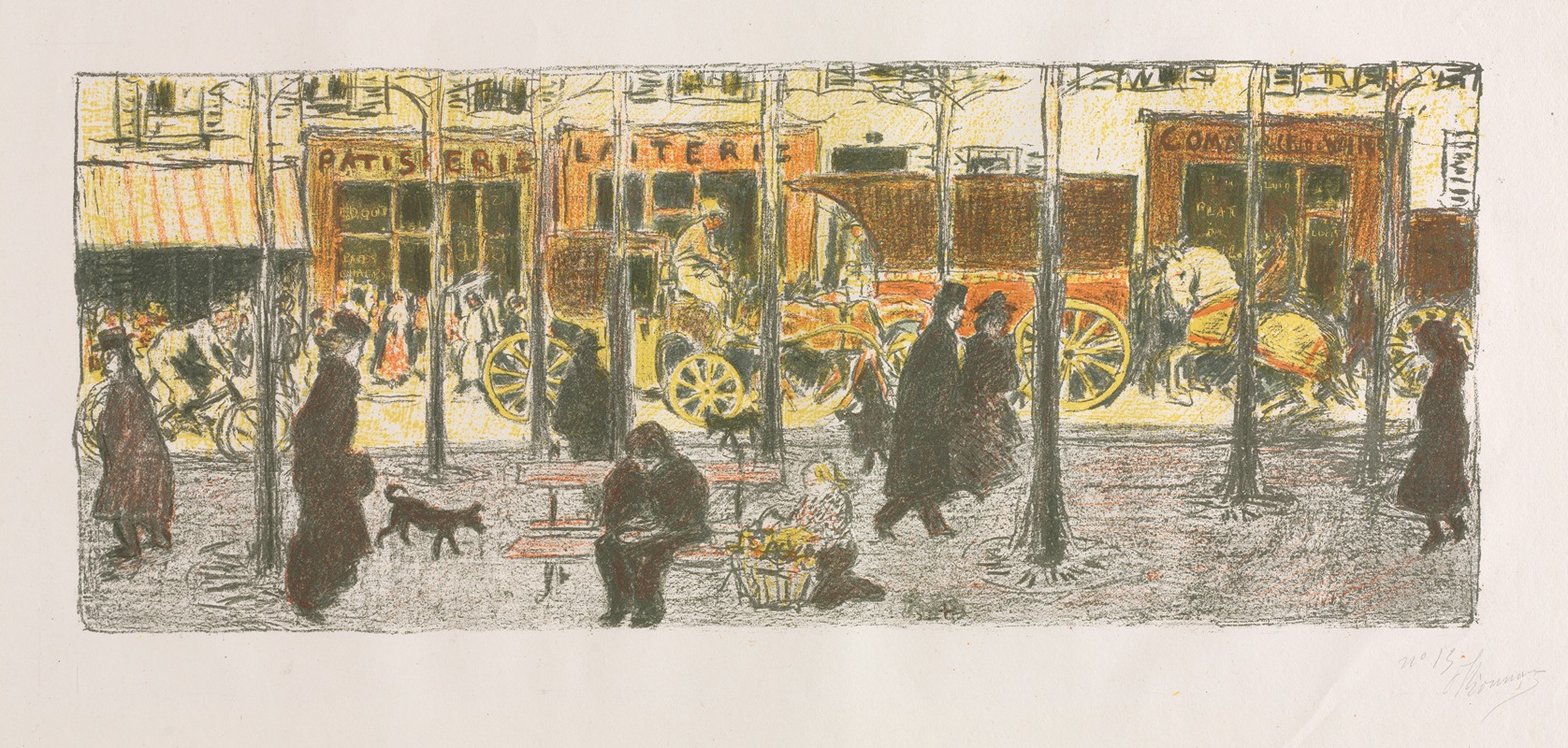
Boulevard
A hand-painted replica of Pierre Bonnard’s masterpiece Boulevard, meticulously crafted by professional artists to capture the true essence of the original. Each piece is created with museum-quality canvas and rare mineral pigments, carefully painted by experienced artists with delicate brushstrokes and rich, layered colors to perfectly recreate the texture of the original artwork. Unlike machine-printed reproductions, this hand-painted version brings the painting to life, infused with the artist’s emotions and skill in every stroke. Whether for personal collection or home decoration, it instantly elevates the artistic atmosphere of any space.
Pierre Bonnard (1867–1947) was a French painter and printmaker, known for his vibrant use of color and innovative compositions. He was a founding member of the Post-Impressionist group of avant-garde painters known as Les Nabis, which included artists like Édouard Vuillard and Maurice Denis. Bonnard's work is characterized by his interest in capturing the intimate, everyday moments of life, often through a lens of vivid, almost dreamlike color.
"Boulevard" is one of Bonnard's notable works, created in 1896. This painting exemplifies his unique approach to capturing urban life and the bustling energy of the city. The scene depicts a busy Parisian boulevard, filled with pedestrians, carriages, and the architectural elements typical of the city during the late 19th century. Bonnard's use of color and light in "Boulevard" is particularly striking, as he employs a rich palette to convey the vibrancy and dynamism of the urban environment.
In "Boulevard," Bonnard utilizes a high vantage point, allowing the viewer to look down upon the street scene. This perspective creates a sense of depth and movement, as the various elements of the composition seem to flow together in a harmonious yet lively manner. The figures in the painting are rendered with a loose, almost sketch-like quality, which adds to the overall sense of motion and activity. Bonnard's brushwork is fluid and expressive, capturing the fleeting nature of the moment.
One of the key aspects of "Boulevard" is Bonnard's use of color. He employs a range of hues to create a vibrant, almost kaleidoscopic effect. The buildings and streets are painted in warm tones of yellow, orange, and red, while the figures and carriages are depicted in contrasting shades of blue, green, and purple. This use of color not only enhances the visual impact of the painting but also serves to convey the energy and excitement of the urban scene.
Bonnard's interest in Japanese art is evident in "Boulevard," as he incorporates elements of Japonisme into his composition. The flattened perspective, bold outlines, and emphasis on pattern and design are all characteristics of Japanese prints that Bonnard admired and sought to emulate in his own work. This influence can be seen in the way he arranges the elements of the painting, creating a sense of harmony and balance despite the apparent chaos of the scene.
"Boulevard" is a testament to Bonnard's ability to capture the essence of modern life through his innovative use of color and composition. The painting reflects his fascination with the urban environment and his desire to convey the energy and vitality of the city. It is a prime example of his unique artistic vision and his contribution to the development of modern art.
Today, "Boulevard" is held in the collection of the Musée d'Orsay in Paris, where it continues to be admired by visitors from around the world. The painting remains an important work in Bonnard's oeuvre, showcasing his talent for capturing the beauty and complexity of everyday life through his distinctive style.





